The year was 1931, and the music world was on the cusp of revolution. Over in a small Los Angeles workshop, a curious innovation was taking shape—one that would transform the way music was experienced and performed. This was no ordinary instrument; it was a creation that would eventually become known as the Frying Pan guitar. This electric marvel, with its unmistakable circular body and lap-steel design, was about to pull the musical world into a new era. But how did this unusual device—a hybrid of the Hawaiian steel guitar and modern technology—manage to etch its name into the annals of musical history?
As someone deeply engaged in lutherie, I’ve always been fascinated by how unique instruments like the Frying Pan guitar have sparked profound changes in musical landscapes. From its pioneering electric soundscapes to its impact on the evolution of musical instruments, this guitar represents a pivotal intersection of tradition and innovation, compelling us to revisit its roles and significance through the decades.
Who Invented the Frying Pan Guitar?

What if I told you that the Frying Pan guitar was the first true electric guitar and still influences modern designs? This statement might sound bold, but it highlights a remarkable piece of musical history that shaped the future of electric guitars. The innovative mind behind this legendary instrument was George Beauchamp, one of the most visionary inventors in the music world. His work on the Frying Pan, formally known as the Rickenbacker Electro A-22, represents a pivotal moment in the evolution of musical instruments—a moment which continues to resonate today.
As a designer deeply involved in acoustical innovation, I often reflect on Beauchamp’s journey with the Frying Pan guitar. His ability to envision and craft what we now recognize as the prototype for all electric guitars is something that continues to inspire my own explorations in sound and design. His drive to amplify sound without sacrificing tonal quality was ingeniously translated into an instrument that resembled a frying pan in size and shape but revolutionized the way musicians performed and composed music.
Imagining the impact of Beauchamp’s creation extends beyond its initial conception. This vintage piece, with its unique tonal capabilities and compact design, laid the groundwork for future developments, bridging the gap between acoustic traditions and electric innovations. Embracing its historical significance enables those of us in the field to appreciate how the harmonies of the past inform the electric symphonies of the future—a testament to Beauchamp’s enduring legacy.
What are the Features of the Frying Pan Guitar?
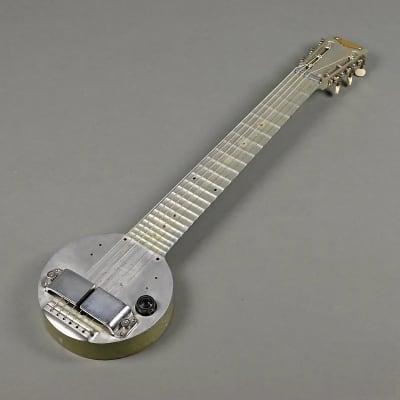
The Frying Pan guitar’s innovative features set it apart from traditional guitars—do you know what makes it unique? In my work as a luthier, understanding the distinct features of instruments like the Frying Pan guitar is key to appreciating their significance in music history. As I delve into the intricacies of its design, I am continually amazed by how its creators defied conventions to craft something revolutionary. The Frying Pan guitar, often hailed as the first *solid body guitar*, breaks away from the acoustic elements that define its predecessors.
What truly distinguishes the Frying Pan guitar is its aluminum construction. This choice of material contributes to its durability and delivers a unique tonal quality that resonates with musicians and collectors alike. The compact, circular body, resembling a frying pan, gave the instrument its whimsical name while providing functionality that allowed for easy lap playing—a common practice among Hawaiian guitarists at the time. The pickup, an electromagnetic marvel for its era, captures the strings’ vibrations and transforms them into a powerful, amplified sound, bringing a new dynamic to guitar performances.
As a luthier, studying these features not only deepens my craft but also enriches my appreciation for how *design innovation* can redefine music. The Frying Pan guitar’s *influence* transcends its era, leaving an indelible mark on the history of guitar collecting and performance.
When Did the Frying Pan Guitar Gain Popularity?
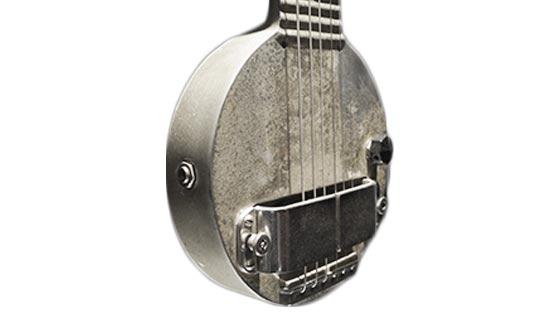
The Frying Pan guitar surged in popularity during a musical revolution—can you guess which genre propelled it forward? As I delved into the history of this intriguing instrument, my research illuminated an era when pedal steel guitars began to redefine the sounds of music. Specifically, the Frying Pan guitar’s significance became most evident during the swing and early blues scenes of the 1930s and 1940s. This was a time when musicians sought innovative ways to diversify their sound. The Frying Pan, with its distinctive lap steel configuration, provided the perfect aural enhancement.
While collecting vintage guitars over the years, I’ve come to appreciate just how pivotal this instrument was in shaping musical innovations. The Frying Pan guitar captivated audiences with its unique tonal qualities and transformed the interplay of harmony within bands. A truly enchanting piece, it carved out an enduring niche not only among lap steel enthusiasts but also among collectors of vintage guitars, signaling an era where technology began taming the raw spirit of stringed instruments.
Its impact was not limited to a singular music style but rather laid the groundwork for future explorations in sound. The Frying Pan was an embodiment of technical prowess and creative exploration, elements that echo through generations, resonating in today’s ever-expanding music spectrum. This historical juncture marks a sweet spot in my explorations, connecting technological advancement to artistic evolution.
Where is the Frying Pan Guitar Used Today?
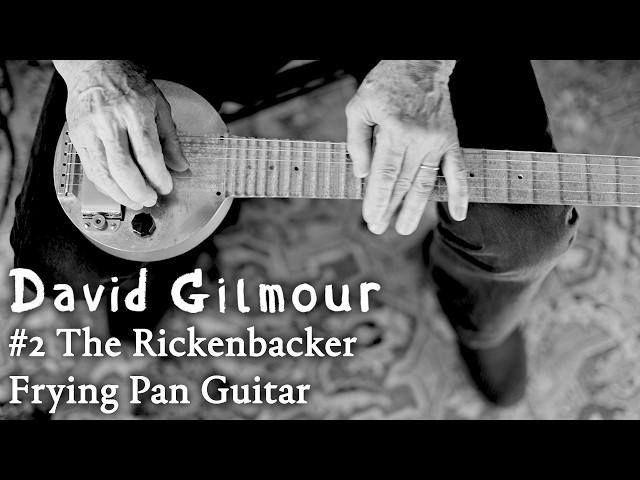
Still used by musicians today, the Frying Pan guitar continues to resonate—where do you think it fits in the modern music scene? As a member of the lutherie community, I often see musicians of all genres embracing the timeless allure of vintage designs. The *Frying Pan guitar*’s playability and unique tones make it an exquisite choice for those who revel in a blend of *classic sound* and *contemporary styles*. This iconic *steel guitar* has found its way into modern recordings, live performances, and even experimental music projects where artists appreciate its historical significance and distinctive voice.
In my observations, its presence is particularly cherished in niche circles of musicians who seek to explore and integrate the rich heritage of musical instruments into today’s evolving soundscapes. Modern artists, especially in the indie and alternative genres, have a fondness for the Frying Pan’s bright, resonant tones. This bridge between past craftsmanship and present innovation makes it a cherished tool in studios and on stages worldwide, preserving the legacy of this unique instrument while offering a new generation of musicians a way to express their creativity.
Why is the Frying Pan Guitar Important?
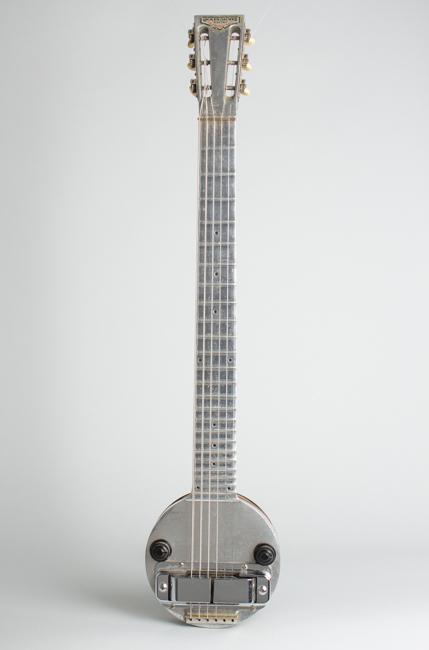
The Frying Pan guitar isn’t just an instrument; it’s a symbol of musical innovation—why does it hold such importance in history? This unique piece, known formally as the Rickenbacker Model A-22, transformed musical landscapes, ushering in the era of the *electric guitar*. Its significance reaches far beyond its physical attributes; it’s an embodiment of cultural evolution in music.
In my years of exploring the rich traditions of stringed instruments, I’ve found that the Frying Pan guitar stands out as a game-changer. As the *first electric guitar*, it was groundbreaking in applying electromagnetic pickups to translate the vibrations of the strings into amplified sound. This revolution not only shifted the dynamics of musical performances but also broadened the creative horizons for artists across genres.
Originally influenced by the resonant sounds of the *Hawaiian guitar*, the Frying Pan expanded the sonic possibilities of performers worldwide. It was a catalyst for change, leading musicians to explore new sounds and styles that were previously unattainable. Understanding the Frying Pan guitar’s significance enhances my appreciation for all stringed instruments and their impacts, as it echoes a universal message of progress and innovation within the world of music. This guitar is *not just a relic*; it is *a testament to the pioneering spirit of artists and inventors* who dared to redefine musical expression.
Conclusion
Reflecting on the Frying Pan guitar’s journey reinforces my belief that every instrument tells a story of its time and the ingenuity of its creators. This iconic guitar, with its distinctive shape and pioneering use of electromagnetism, has left an indelible mark on the music world. From its invention in the early 1930s to its rise in popular music, the Frying Pan guitar’s history is a testament to the bold innovation that changed how we experience sound.
Having explored its history, what can we learn from the Frying Pan guitar about the future of musical instruments? Its legacy reminds us that **innovation** often stems from *unconventional ideas and experimentation*. This guitar emphasized that the intersection of technology and creativity can lead to groundbreaking advancements.
The significance of the Frying Pan guitar extends beyond its physical presence. It symbolizes the relentless pursuit of progress, challenging musicians and inventors alike to continually push the boundaries of what is possible in music-making. As we move forward, embracing this spirit of innovation can guide us to even more exciting developments in the world of musical instruments.
FAQs
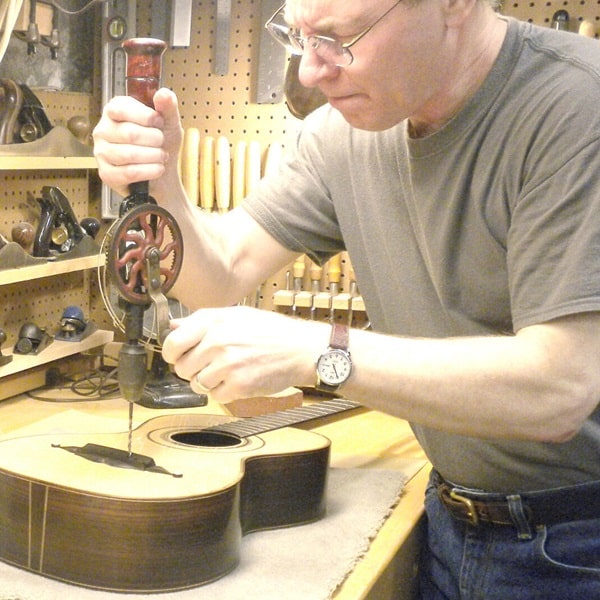
R.M. Mottola, an engineer-turned-luthier, revolutionizes stringed instrument design with his deep focus on acoustics and ergonomics since 1994. As editor of the Savart Journal and a key contributor to American Lutherie, Mottola merges science with artistry in lutherie. He enriches the field with his extensive knowledge, shared through his Liutaio Mottola website, making him a beacon in the world of modern instrument craftsmanship.
